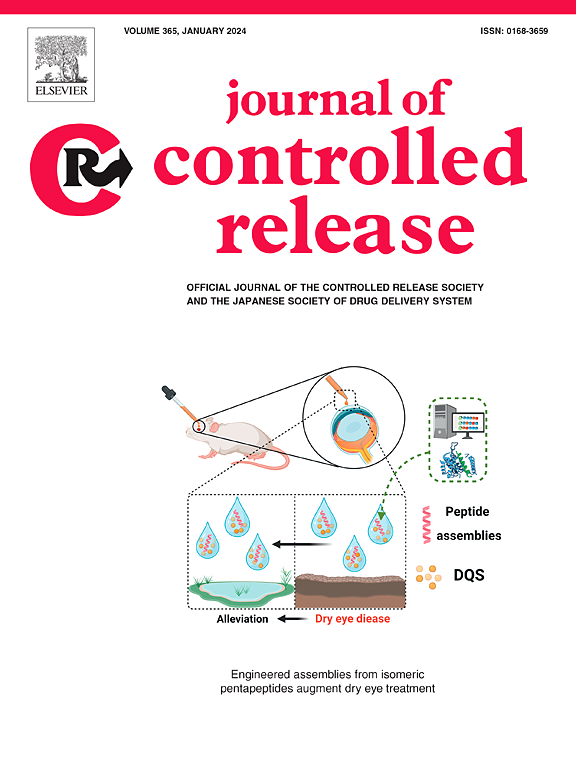STING-activable immunomodulatory bio-glue for multiple postsurgical management
IF 10.5
1区 医学
Q1 CHEMISTRY, MULTIDISCIPLINARY
引用次数: 0
Abstract
In addition to the robust adhesive properties, there is a pressing demand for ideal adhesives in tumor surgery that possess anti-tumor therapeutic effects. In this study, we introduce BSA-MnO2-GP@Ca-Y (BMGY) bio-glue by integrating bovine serum albumin (BSA)-MnO2, genipin (GP), and Ca-Y zeolite. Ca-Y zeolite exhibits the thrombin activity for hemostasis, while the cross-linking of BSA, GP, and skin tissue induces wound adherence upon laser irradiation for normalized skin structure within nine days. The heat generated during the “photothermal suture” process ablates residual tumor cells and produces antigen fragments, which are internalized by antigen presenting cells. The released Mn ions subsequently activate the cGAS-STING pathway, enhancing immunogenicity. Consequently, tumor-infiltrating p-TBK1 and interferon-β levels are significantly increased, ensuring robust anti-tumor immunity following BMGY treatment. Thus, BMGY bio-glue achieves hemostasis, wound bonding, ablation of residual tumor cells, and tumor recurrence inhibition, simultaneously. Beyond Ca-Y zeolite, BSA-MnO2-GP serves as a versatile platform for loading other drugs or active species to boost therapeutic efficacy. Therefore, we present a successful bio-glue paradigm with significant translational potential for various postsurgical management applications.


求助全文
约1分钟内获得全文
求助全文
来源期刊

Journal of Controlled Release
医学-化学综合
CiteScore
18.50
自引率
5.60%
发文量
700
审稿时长
39 days
期刊介绍:
The Journal of Controlled Release (JCR) proudly serves as the Official Journal of the Controlled Release Society and the Japan Society of Drug Delivery System.
Dedicated to the broad field of delivery science and technology, JCR publishes high-quality research articles covering drug delivery systems and all facets of formulations. This includes the physicochemical and biological properties of drugs, design and characterization of dosage forms, release mechanisms, in vivo testing, and formulation research and development across pharmaceutical, diagnostic, agricultural, environmental, cosmetic, and food industries.
Priority is given to manuscripts that contribute to the fundamental understanding of principles or demonstrate the advantages of novel technologies in terms of safety and efficacy over current clinical standards. JCR strives to be a leading platform for advancements in delivery science and technology.
 求助内容:
求助内容: 应助结果提醒方式:
应助结果提醒方式:


